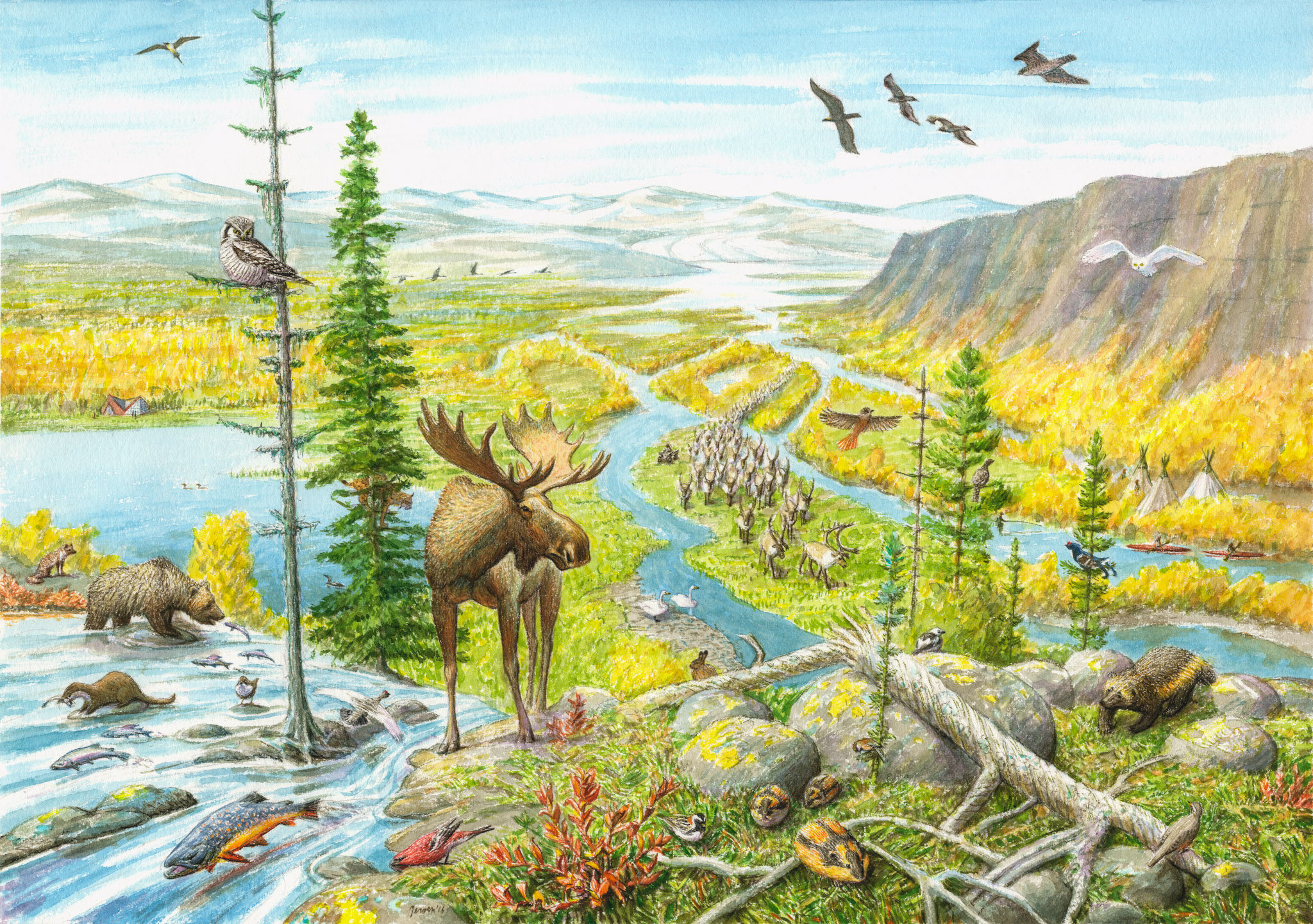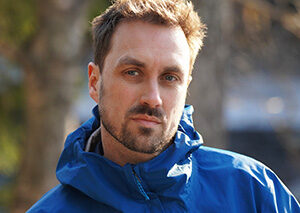A unique landscape on the northern edge of Europe – home to the Sámi people, iconic wildlife species, and boundless boreal habitats.
The Nordic Taiga rewilding landscape – located in the cultural region of Sápmi in northern Sweden – is a sweeping expanse of coniferous forest and peatland, bisected by myriad rivers and bordered by mountains and the Baltic Sea. Its vastness still allows water, trees, and wildlife to shape the landscape and people’s lives, including the indigenous Sámi people, whose livelihoods are closely linked to Sámi reindeer and their seasonal migrations.
The Nordic Taiga region is often seen as one of Europe’s last great wild areas. In some places this holds true, but in others, the landscape tells a different story. Despite the region’s great natural and cultural value, the impact of human activities has been long and intense. Many of its forests are planted production forests, clear-cut every 60 to 80 years. This has left only isolated patches of old-growth forest, which are essential for native biodiversity, carbon storage, climate regulation, and recreation. Rivers are mostly dammed, waterways have been altered for historical timber transport, and wetlands drained – all leading to habitat loss and limited space for wildlife to fulfil essential ecological roles as grazers, carnivores, water filterers, and more. In other words, the potential for rewilding here is significant.
The current focal areas of Rewilding Sweden – Rewilding Europe’s Swedish partner – are located within the northernmost Swedish counties of Västerbotten and Norrbotten. Within the 15.2 million-hectare landscape, the team are concentrating on two areas – primarily the 1.3 million-hectare Vindelälven-Juhttátahkka Biosphere Reserve, covering the Vindel River catchment (including the lower Ume River), and the 420-hectare northern Råne River catchment. Neither the Vindel River nor the Råne River have been exploited for hydropower, and the primary challenges for wildlife include forestry practices, climate change, and habitat fragmentation.
Within these areas there is a great opportunity to restore the landscape, unlocking nature’s potential and enhancing the wide range of benefits it delivers. Rewilding Sweden is working to enhance natural processes and support wildlife comeback, with the aim of rebuilding resilient, wild ecosystems. These efforts are delivering positive change on a growing scale, fostering an environment where people and wild nature can thrive alongside each other and offering hope of a brighter future.



